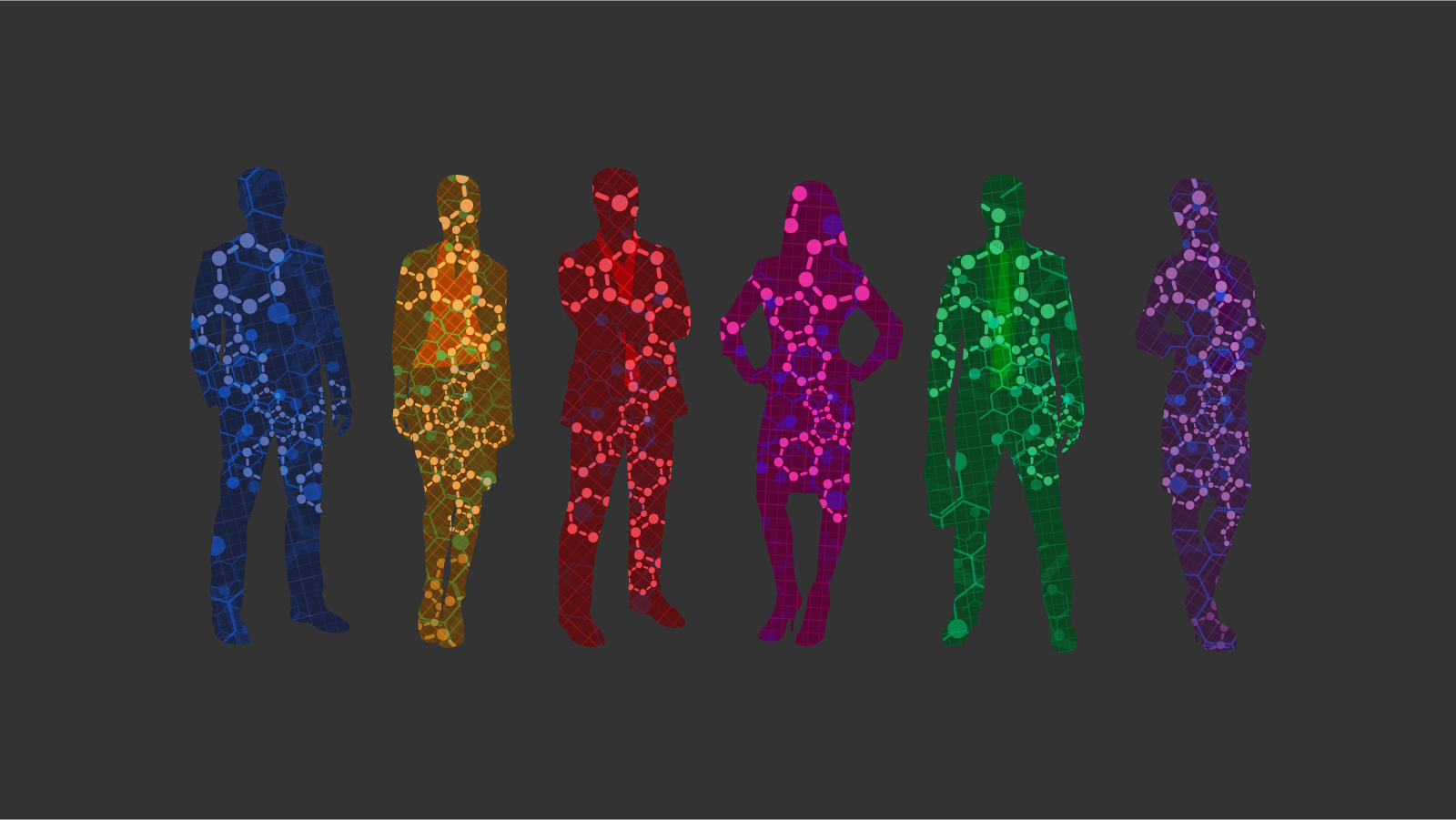It is important to understand the inter-relationship between thyroid hormones and corticosteroids. If you address hypothyroidism it may push the cortisol more towards cortisone and increase cortisol clearance even more. Furthermore, thyroid hormone suppresses corticosteroid binding globulin, which may free up more cortisol and this could lead to negative feedback on endogenous production. Both situations could induce low cortisol, so as you address the thyroid you may have to be supporting adrenals too. [T]hyroid hormones exert different effects on the production of various carrier proteins in vivo. Whereas they stimulate the production of SHBG, they suppress the level of CBG and of their own carrier protein, TBG
Thyroid Hormone & Steroid Hormones - When you take corticosteroids or androgens you reduce the number of thyroid binding proteins. Lower the amount of thyroid-binding protein. T4 releases from the binding sites to become free T4. As soon as your body detects an excess of free T4, it reduces the release of T4 from the thyroid so the level of free T4 remains normal. “Thyroid function is modulated by genetic and environmental causes as well as other illnesses and medications such as gonadal or sex steroids. The latter class of drugs (sex steroids) modulates thyroid function. Gonadal steroids exert their influence on thyroid function primarily by altering the clearance of thyroxine-binding globulin (TBG). While oestrogen administration causes an increase in serum TBG concentration, androgen therapy results in a decrease in this binding protein. These effects of gonadal steroids on TBG clearance and concentration are modulated by the chemical structure of the steroid being used, its dose and the route of administration. Despite the gonadal steroids-induced changes in serum TBG concentrations, subjects with normal thyroid glands maintain clinical and biochemical euthyroidism without changes in their serum free thyroxine (T4) or thyroid-stimulating hormone (TSH) levels. In contrast, the administration of gonadal steroids to patients with thyroid diseases causes significant biochemical and clinical alterations requiring changes in the doses of thyroid medications. Similarly, gonadal steroid therapy might unmask thyroid illness in previously undiagnosed subjects. It would be prudent to assess thyroid function in subjects with thyroid disease 6–8 weeks after gonadal steroid administration or withdrawal.”
In the study reported here we show that treatment of hypothyroid subjects with a combination of T4 plus slow-release T3 leads to a considerable improvement of serum T4 and T3 values, the T4/T3 ratio and serum TSH as compared to treatment with T4- only. Serum T3 administration with slow-release T3 did not show serum peaks, in contrast to plain T3.
Experimental and clinical evidence suggests that a TSH level within the reference range is not a sufficiently optimal marker of adequate thyroid hormone replacement therapy in hypothyroid patients… Conceivably, four different groups of hypothyroid patients could benefit from combination treatment with T4 and T3: 1) patients with hypothyroidism due to an under- lying autoimmune condition (38, 64, 65); 2) thyroidectomized patients or patients submitted to radioiodine activities resulting in a lack of sufficient endogenous thyroid function and absence of residual thyroidal T3 production (36); 3) patients with certain D2 polymorphisms (the enzyme responsible for T3 tissue availability) who tend to have a preference for combination T4/T3 replacement therapy (66, 67); and 4) depressed hypothyroid patients who might benefit from the antidepressant effect of lio-thyronine (68)…
Combination T4/T3 Therapy - “Most hypothyroid patients experience rapid symptomatic relief after institution of levothyroxine replacement therapy, but persistent symptoms remain in some despite what appears to be adequate levothyroxine therapy with normalization of the serum thyrotropin level. A thorough investigation is warranted in these patients to detect and treat other responsible lifestyle issues, medical conditions, and endocrine conditions. A subset of hypo- thyroid patients has a polymorphism in the gene encoding the D2 enzyme that may prevent full resolution of symptoms with levothyroxine therapy alone; these patients may benefit from combination levothyroxine and liothyronine therapy.”
Neuromuscular complications are a well-established finding in hypothyroid patients, sensory polyneuropathy (painful paresthesia and cramping of the hands and feet) being a common complaint… The prevalence of sHT is now recognized to be higher than that of frank hypothyroidism, and to increase with age… sHT was defined as normal levels of free thyroid hormones with elevated TSH levels (>3·6 mIU/l in the assay used for the study).
Thyroid substitution could prevent progression to overt hypothyroidism, improve neuropsychiatric symptoms and somatic symptoms, mood disorders, cognitive dysfunction, atypical responses to standard psychiatric therapeutic interventions, and minimize deleterious effects on cardiovascular function and lipid levels…Until better data are available, clinical judgment and patients’ preferences remain the best manner to decide.
Hypothyroidism is a common disorder characterized by inadequate amounts of thyroid hormones available to meet the need for thyroid at the cellular level. Typical symptoms of hypothyroidism include fatigue, weight gain/obesity, depression, cold extremities, thin/friable nails, muscle aches, headaches, decreased libido, low basal body temperature (consistently below 98.6°F), weakness, cold intolerance, loss of temporal eyebrow hair, water retention, and dry skin… The incidence of thyroid dysfunction with its attendant cellular thyroid deficiency increases significantly with age.… Significant improvement in symptoms occurs
Subclinical Hypothyroidism - “Patients with SHypo [subclinical hypothyroidism] and new onset of symptoms or depression, goiter, or cardio- vascular risk factors (eg, hypertension, hypercholesterolemia, insulin resistance or diabetes, kidney failure, or isolated diastolic dysfunction) might benefit from L-T4 treatment (9, 10)… If a therapeutic trial is implemented, replacement therapy should be stopped in the absence of a clear beneficial effect or with development of an undetectable TSH with low doses of L-T4.”
There is evidence that in comparison to T4, T3 therapy improves weight loss, reduces HDL and LDL cholesterol, and increases SHBG

